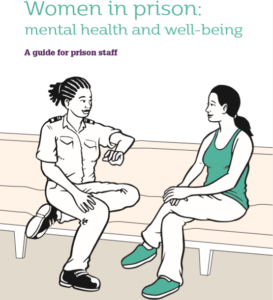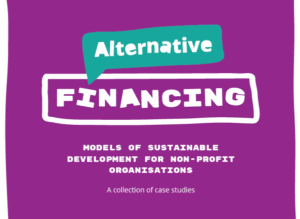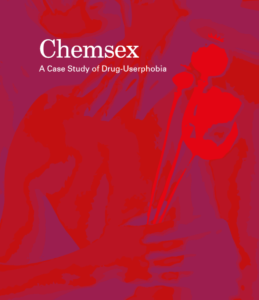
Each year, on March 24, we observe World Tuberculosis (TB) Day to raise public awareness about the devastating health, social, and economic consequences of TB, and to intensify efforts to end this global epidemic. This date commemorates the day in 1882 when Dr. Robert Koch announced his discovery of Mycobacterium tuberculosis, the bacterium that causes TB, paving the way for diagnosing and curing the disease.
TB remains one of the world’s deadliest infectious diseases. In 2023, an estimated 10.8 million people worldwide fell ill with TB of whom over 6% were coinfected with HIV. During the same year over 1.2 million people died from TB, including 161,000 among people living with HIV.. The drug resistant forms of TB, particularly in the eastern Europe and central Asia are major barriers to ending TB, where in some setting about half of people suffer from multidrug resistant TB (MDR-TB).
The theme for World TB Day 2025 is “Yes! We Can End TB: Commit, Invest, Deliver.” This theme emphasizes the importance of sustained commitment, financial investment, and effective delivery of interventions critical to TB prevention, diagnosis, treatment, and care.
Countries in the eastern part of the WHO European Region are among those most affected by the TB epidemic. Eighteen high-priority countries for TB control bear 85% of the TB burden and 99% of the multidrug-resistant TB (MDR-TB) burden. These countries include Armenia, Azerbaijan, Belarus, Bulgaria, Estonia, Georgia, Kazakhstan, Kyrgyzstan, Latvia, Lithuania, the Republic of Moldova, Romania, the Russian Federation, Tajikistan, Turkey, Turkmenistan, Ukraine, and Uzbekistan.
Despite progress in Eastern Europe—such as improvements in TB case detection, expanded access to rapid diagnostics, and increased availability of newer, more effective treatment regimens—critical challenges remain. These include gaps in access to appropriate treatment regimens, high rates of patient hospitalization, limited laboratory capacity for second-line drug susceptibility testing, and insufficient support for vulnerable populations. Additionally, challenges persist in securing adequate human resources and financing to sustain TB control efforts.
AFEW Partnership’s commitment
Since its inception in 2001, AFEW Partnership has been dedicated to addressing TB and TB/HIV coinfection in Eastern Europe and Central Asia. Now, as we celebrate 25 years of impact, we remain steadfast in our mission to improve TB prevention, diagnosis, treatment and care. Together with our partners in Kazakhstan, Ukraine, and Kyrgyzstan, we have implemented various projects aimed at strengthening collaboration between public and private sectors, enhancing access to care for vulnerable populations, and supporting innovative approaches.
Ending TB requires a united effort. At AFEW Partnership, we believe that through collaboration, innovation, and sustained investment, we can make a lasting impact. As we mark World TB Day 2025, we call on governments, civil society, healthcare professionals, and private sector partners to join us in accelerating progress toward a TB-free future.
Together, Yes! We Can End TB—by committing to action, investing in solutions, and delivering results. Let’s work side by side to ensure that no one is left behind in the fight against this preventable and curable disease.
Sincerely, AFEW International
Facts & Figures, References, and Key Data
- TB in 2023:
- 10.8 million people fell ill with TB globally.
- Over 6% of TB patients were co-infected with HIV.
- 1.2 million deaths from TB, including 161,000 among people living with HIV.
- Drug-Resistant TB Challenges:
- High rates of MDR-TB in Eastern Europe and Central Asia.
- In some settings, nearly 50% of TB cases are multidrug-resistant.
- High-Priority TB Burden Countries:
- 85% of TB burden and 99% of MDR-TB burden in 18 countries, including Ukraine, Kazakhstan, Belarus, Romania, and Russia.
- AFEW Partnership’s Key Achievements:
- Strengthened collaboration between public and non-public sectors.
- Expanded access to TB care for vulnerable populations.
- Promoted innovative approaches to TB prevention and treatment.



